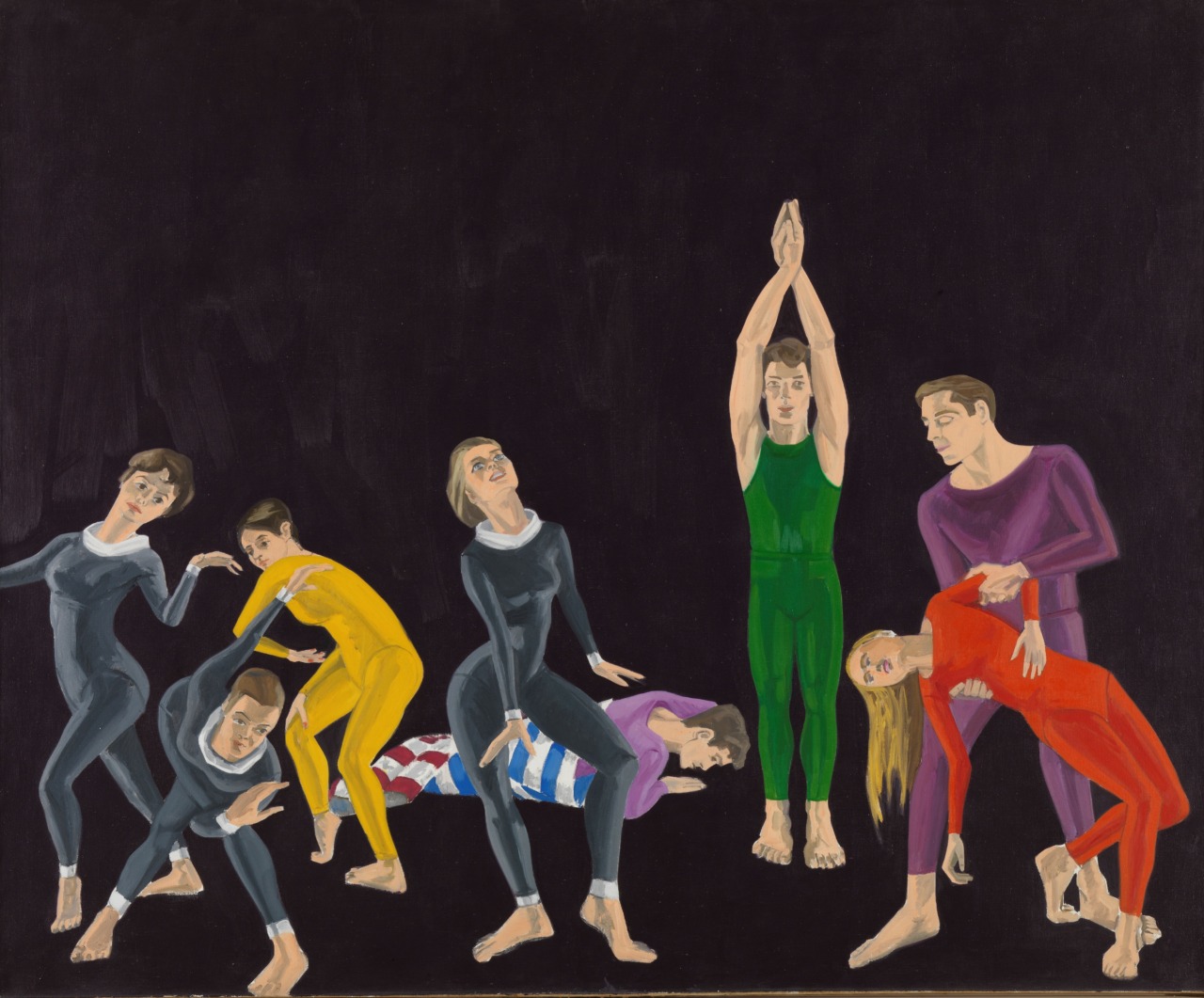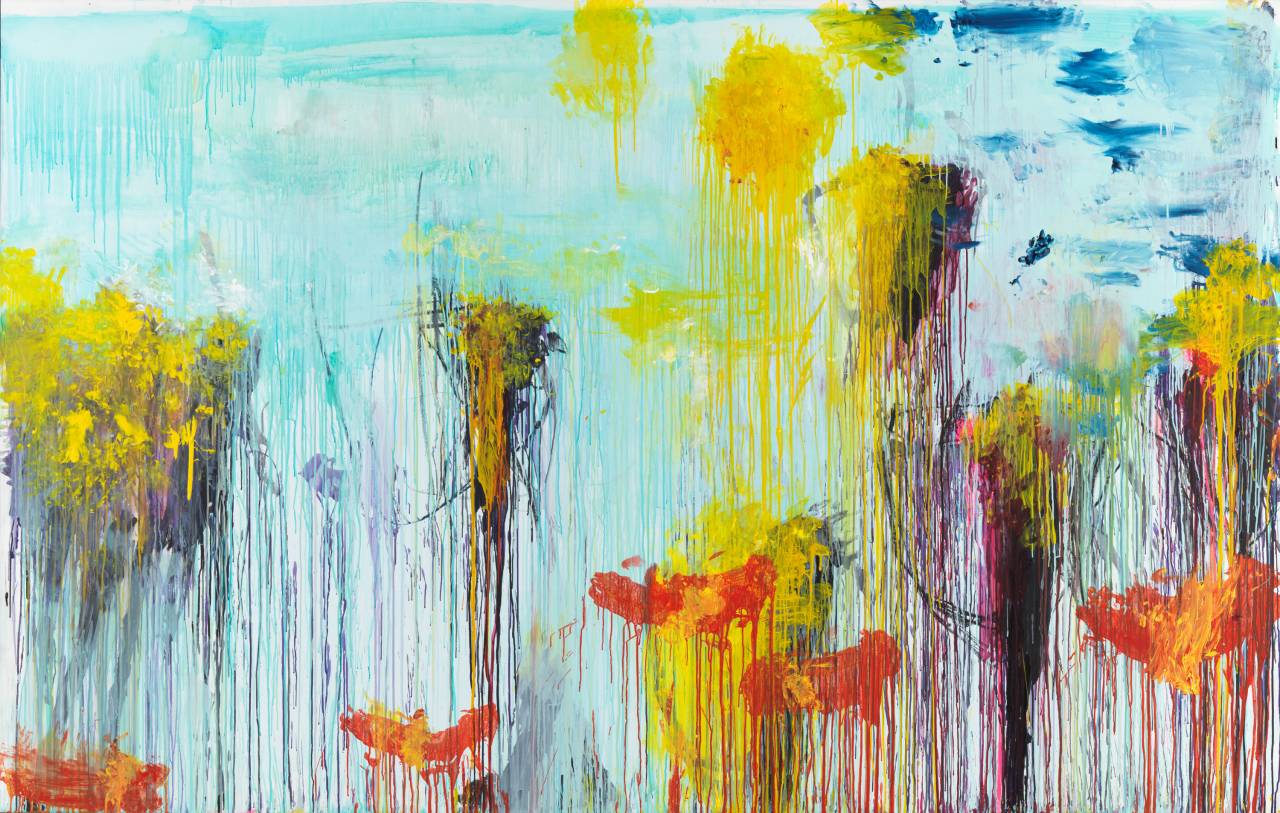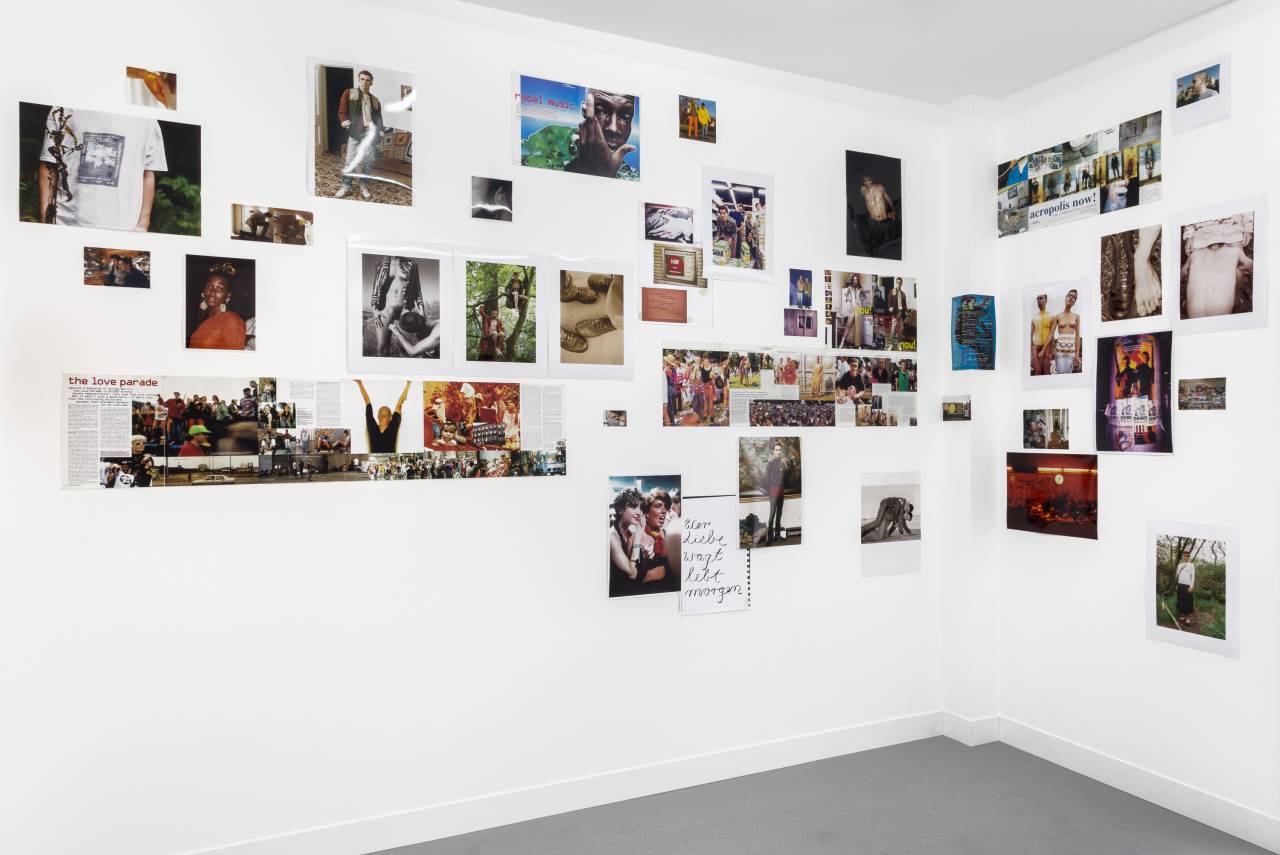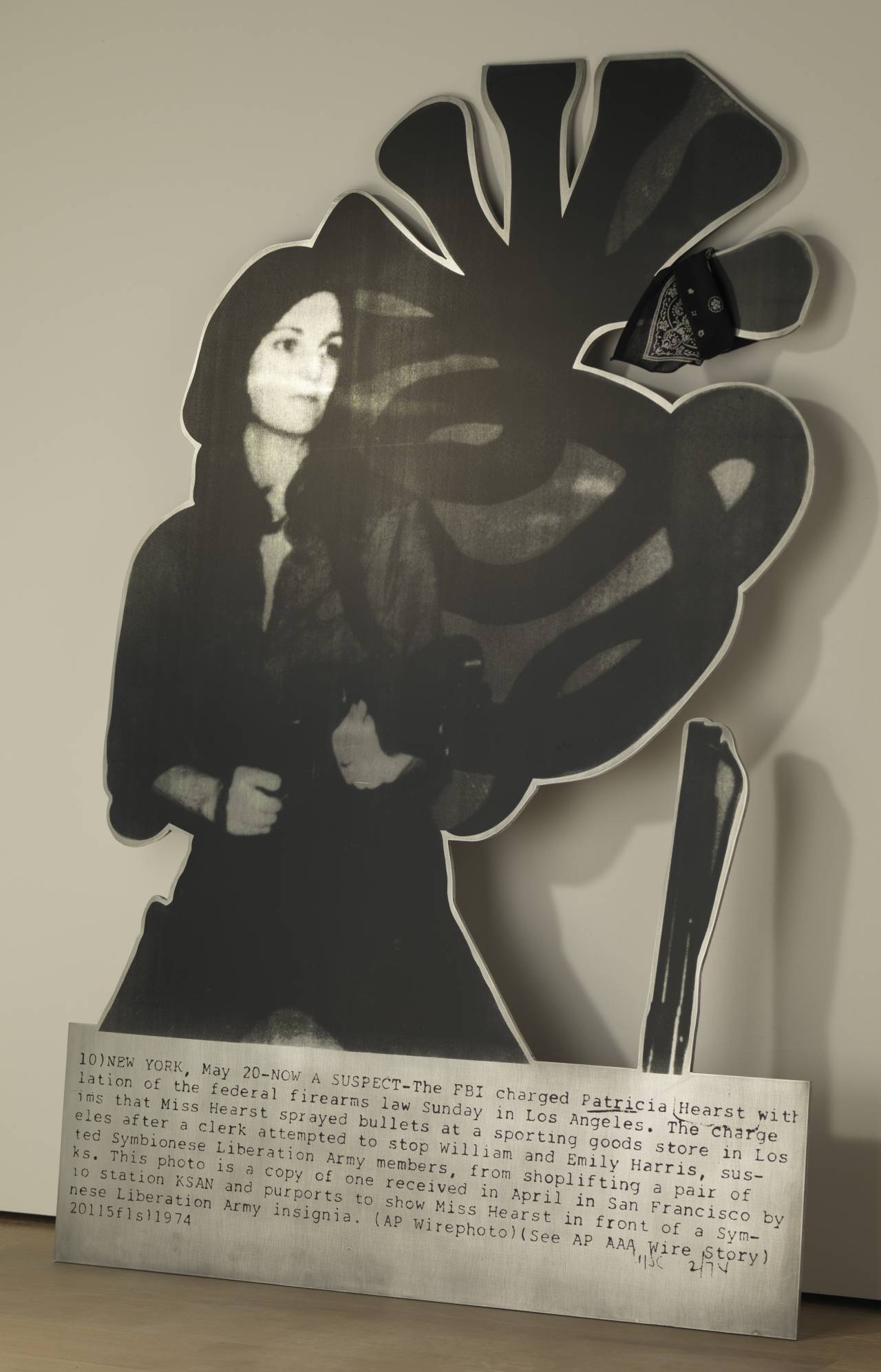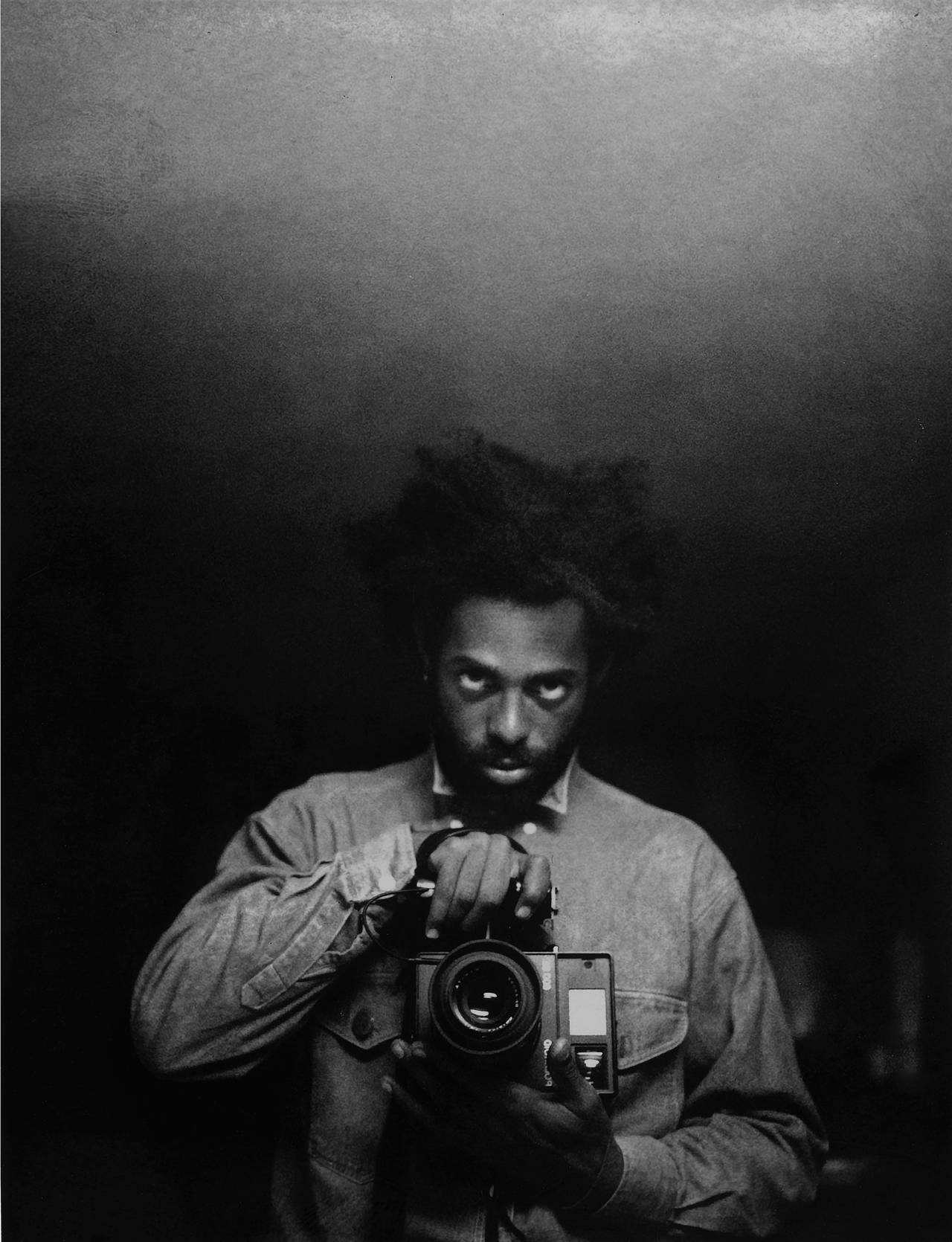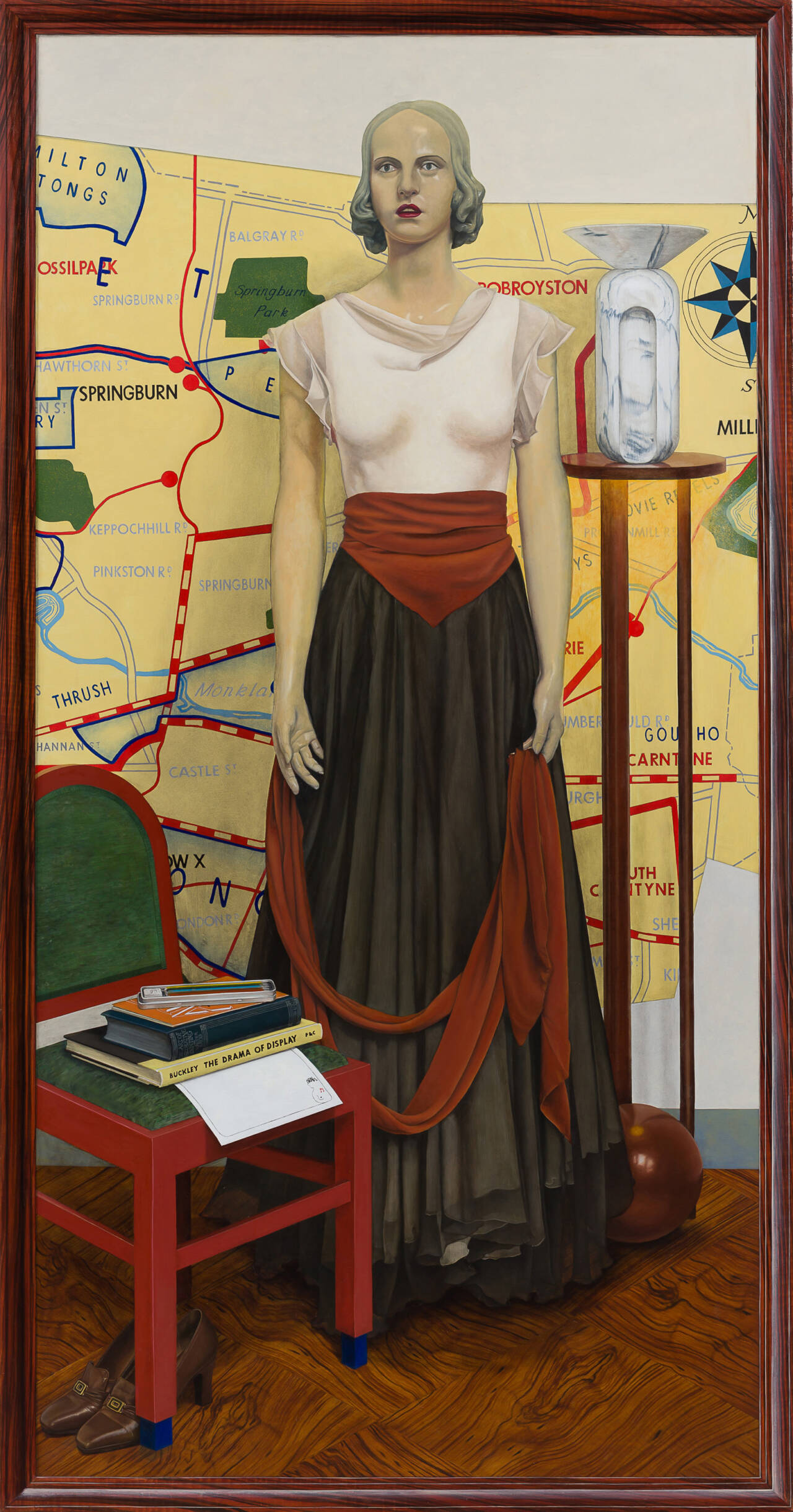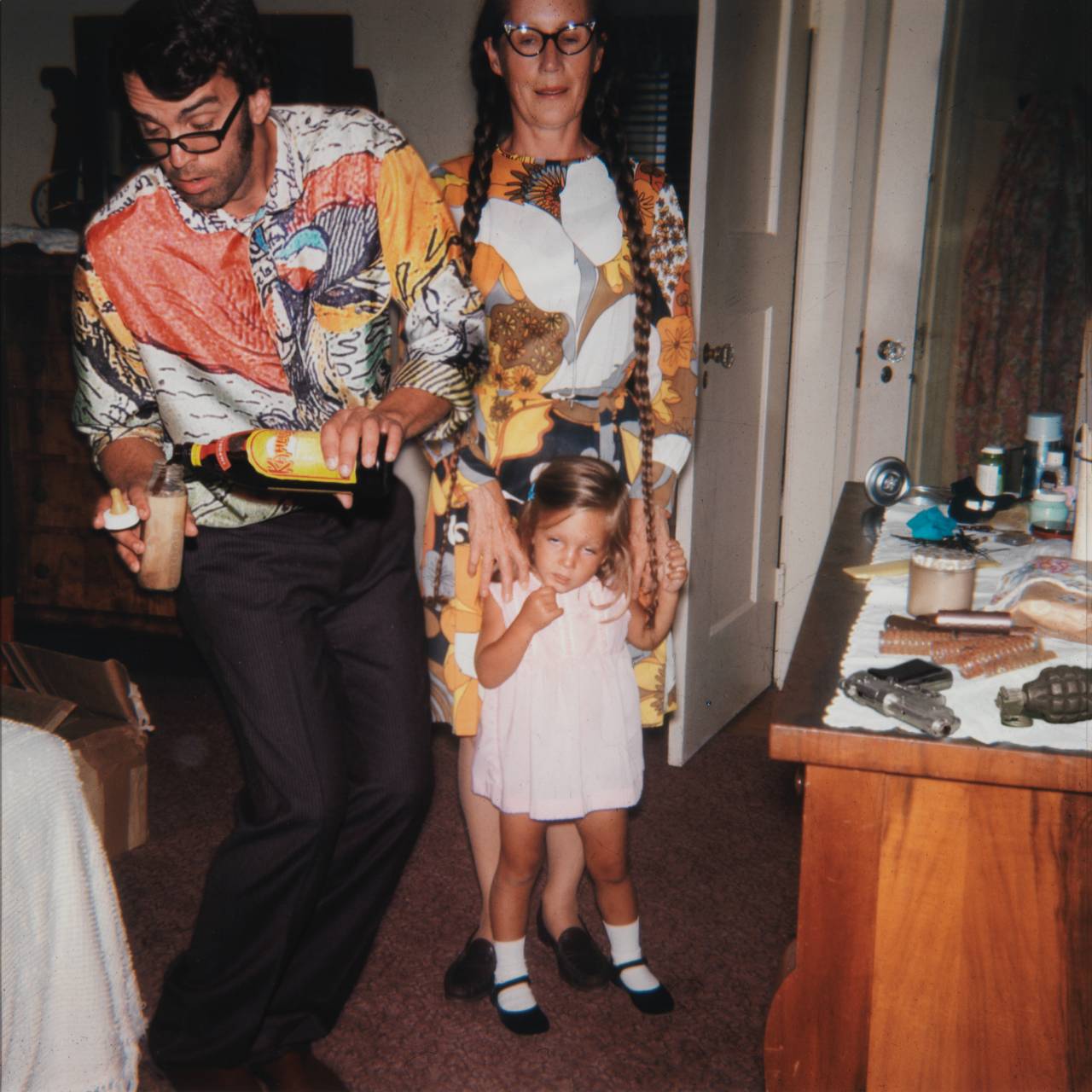Mise-en-scène
Our subjective perception is often subject to skillful manipulation—personal stories, characters or images. Does what we see correspond to actual events? How good is our memory, what things color our memories? How objective are the media in their reporting? Artists also make (self-)presentation or dramatization the subject of their artistic work. What means do they use to present their views or to protect their privacy?

Are we always able to distinguish clearly between actual events, subjective perception and reporting?
Does our perception always have the upper hand? Is it sensitive to all kinds of external and internal influences? Sometimes we see what we want to see, other times we are cleverly deceived and only rarely do we experience “objective” reporting based only on facts. The selection and compilation of images and information has an enormous power over us.
Who are your role models and what have you learned from them?
Self-dramatization and interest in body trends are part of our world. We are always on the lookout for role models and guidance. Nowadays, we also draw heavily on the media. This in turn influences the way we present ourselves on social media with posts, photos and videos. How do your role models from your environment and in the media present themselves? What do you admire about them?
How do you show yourself to others?
There are different ways to showcase something, another person or yourself. You can use them to emphasize different things and hide or paint over others. What means do you like to use to present yourself? Loud, provocative; quiet or withdrawn? What do you want to awaken in your audience? Do you have a favorite artist or work of art that uses deception? How do they do it?
Why do we change, distort or manipulate images?
Sometimes a certain dramatization can only be seen when we look closely, or it speak to us in ways we didn’t expect. It does not follow the usual patterns or models; instead, artists question the self-evident. Other works scream at us with their distortions. They are loud and explosive and want to provoke us to see how explicit they can be.
